Nearly one year after prolonged high ocean temperatures caused devastating coral bleaching and loss in parts of Pacific Remote Islands Marine National Monument, NOAA scientists recently went back to check on their condition.
Healthy coral reefs protect shores from storms and offer habitats for fish and other marine life, including ecologically and economically important species. After corals die, reefs quickly degrade and the structures corals build erode. While corals can recover from mild bleaching, severe or long-term bleaching is often lethal.
Jarvis Island, one of the most remote, protected and productive coral reefs in the U.S., saw 98 percent of its coral die during the 2015-2016 El Nino event, which heated the surrounding ocean. Scientists who surveyed the area earlier this month have documented little evidence of local recovery. However, they did see signs of regrowth in some large, long-lived individual corals.
“We found some of the massive Porites colonies that were mostly dead during last year's surveys had recovered some living tissue,” said Bernardo Vargas-Ángel, coral ecologist and benthic team lead with NOAA’s Coral Reef Ecosystem Program. “Those massive coral colonies are ancient, typically many hundreds of years old, so it's exciting to see that they have survived this extreme bleaching event.”
The condition of corals at Howland and Baker Islands, two small islands in the western side of the monument, is more promising. The reefs there experienced less warming last year, and the team reported that there was little evidence of coral death. However, the third and longest global coral bleaching event on record, which started in 2014, continues to damage reefs around the globe.
“The health of coral reefs in the Pacific Remote Islands Marine National Monument is critically important to the broader region,” said Jennifer Koss, director of NOAA’s Coral Reef Conservation Program. “We will continue to work alongside our partners to monitor the coral reef condition in the monument and elsewhere in the U.S. and its territories.”
Scientists, managers and communities are now closely watching NOAA’s latest coral bleaching forecast for the area. NOAA expects to issue a bleaching warning for Howland and Baker Islands in the next few weeks. Heat stress typically associated with significant coral bleaching is expected by late May, with further water temperature elevation expected to reach conditions associated with widespread coral bleaching and significant mortality by mid-June.
These new findings come as part of a three-month mission aboard NOAA Ship Hiʻialakai to conduct surveys of coral reef ecosystems at unpopulated islands in the Pacific Remote Islands Marine National Monument and Marianas Archipelago.
• 









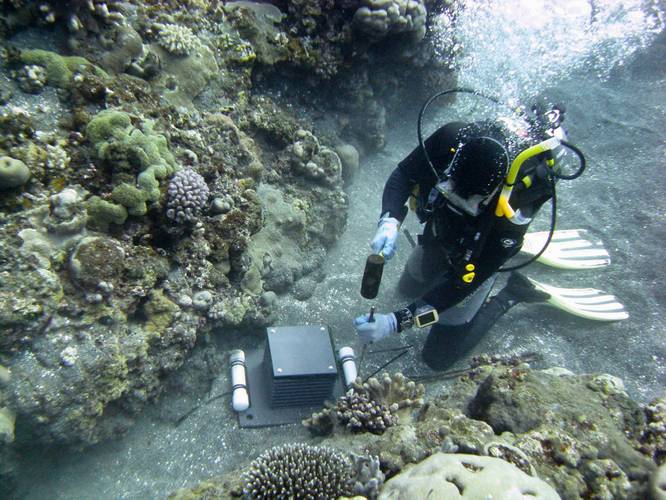
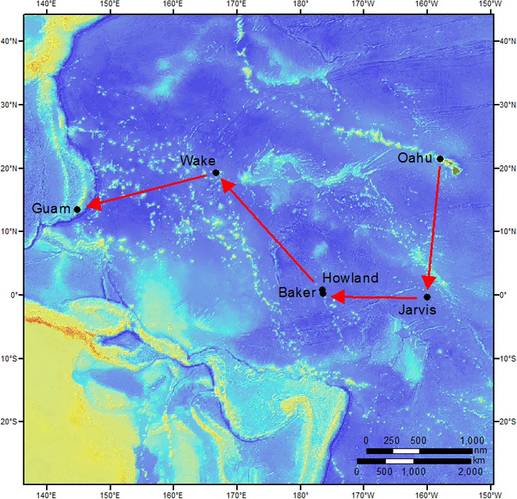
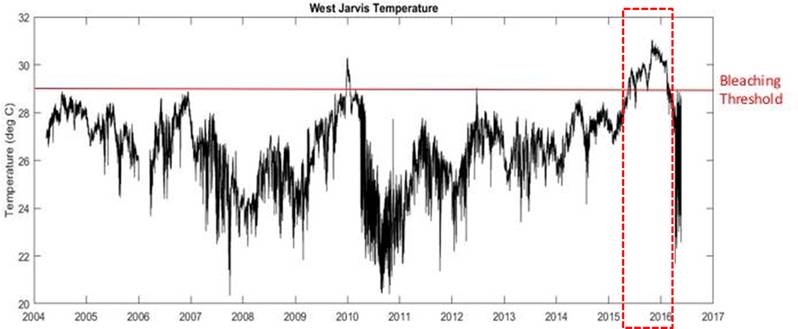
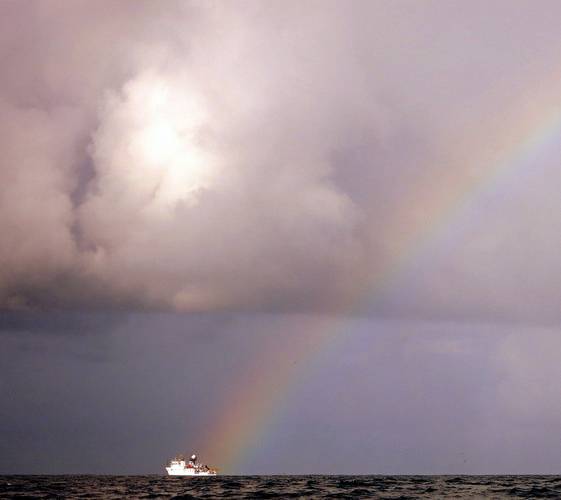
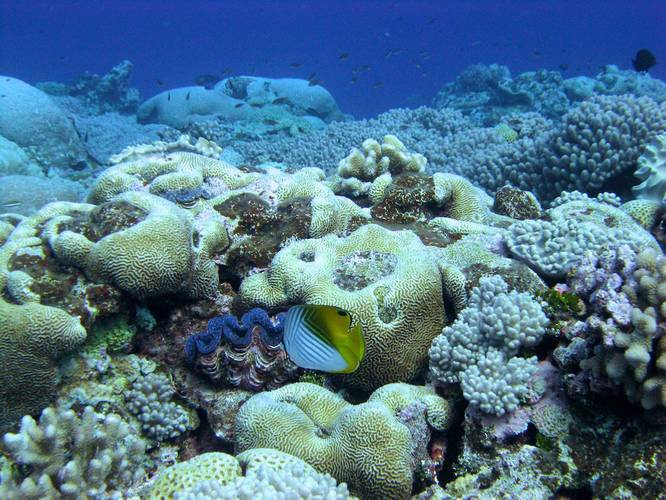
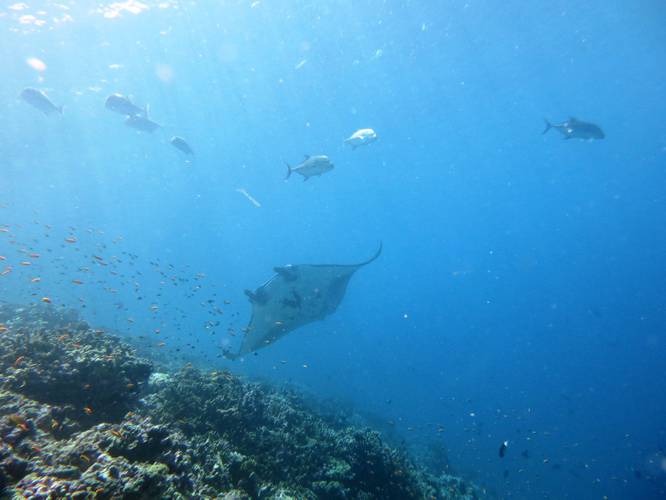
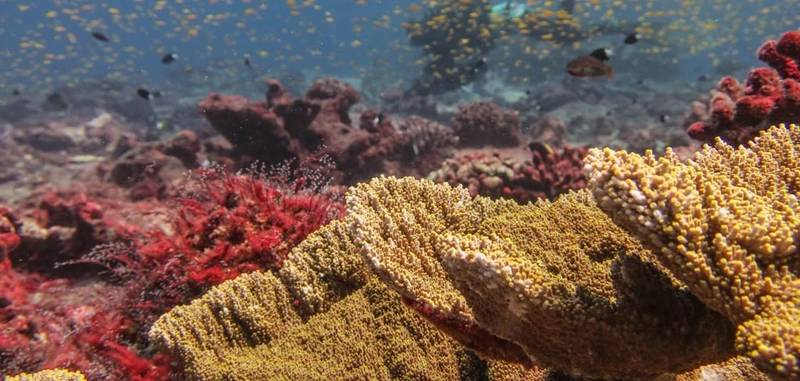
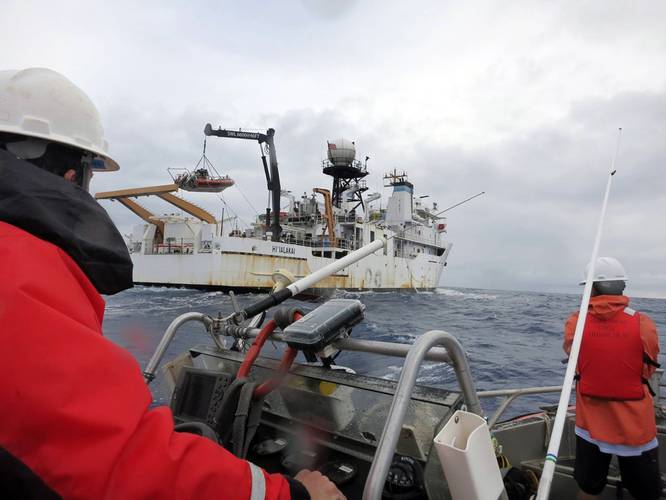
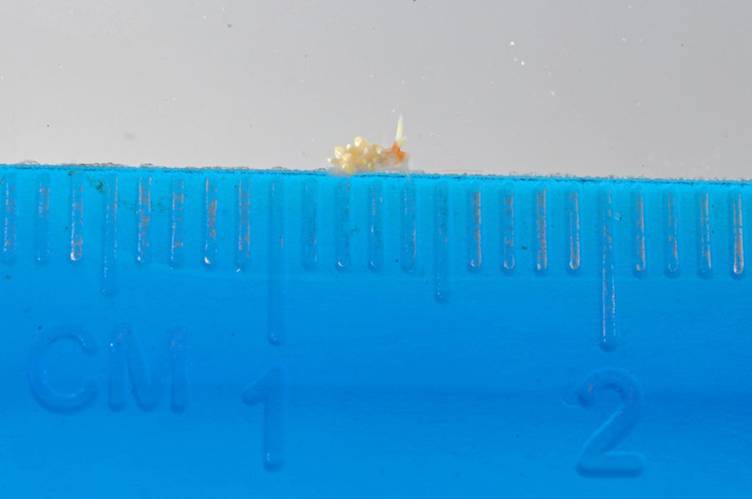



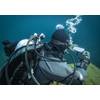











 February 2024
February 2024



